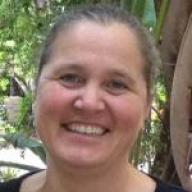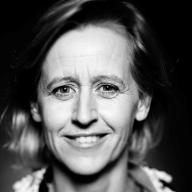 \
&
Contact us
\
&
Contact us
 \
&
Contact us
\
&
Contact us
The rules for project implementation are set-out in a Grant Agreement. NCP Flanders guides and supports you with all legal and financial issues during the complete life cycle of Horizon Europe.
All specific Legal&Finance news, documents, events, ...regarding Horizon 2020 can be found on the dedicated Horizon 2020 page on our website.
The administrative and financial framework with the rules for application and project implementation of Horizon Europe calls are set-out in a Grant Agreement. The latest draft of the Annotated Model Grant Agreement provides extensive explanation of the rules.
In the Online Manual extensive details can be found regarding the application process as well as the Grant Management, thus in-depth explanations about reporting, amendments, deliverables, dissemination&exploitation, etc. The manual is expected to be complemented throughout the programming period.
All available reference documents of Horizon Europe can be found on the Funding and Tender Portal.
Research Infrastructures Health Culture and society Security
In the context of simplification, the Commission has introduced the following substantial changes in the Standard Application Form (Version 5.0) for Horizon Europe Research & Innovation Actions (RIA) and Innovation Actions (IA) and Coordination and Support Actions (CSA): Simplified section 2.1 'Project's pathways towards impac... read more
MSCA Research Infrastructures Health Culture and society Security

ann.vanhauwaert@fwo.be
+32 2 550 15 60

Ria.debreucker@vlaio.be
+32 2 553 13 77
Find the contact info on the site of WEWIS
The National Contact Points (NCPs) provide support, guidance, and practical information to potential applicants, helping them navigate funding opportunities and application processes.
The Programme Committee (PC) members represent their country in decision-making about the work programmes, evaluate implementation, and provide strategic input on priorities and calls.
Infosheets contain edited content on aspects related to this programme. They are reviewed at least yearly.
Related links are easy pointers towards external information. We curate the list, but are not liable for the destinations.
Documents contain additional information related to this programme, and are similar to related links.
The Marie Skłodowska-Curie Action (MSCA) European Innovative Training Network “PBNv2 - Next generation Pass-By Noise approaches for new powertrain vehicles” started in May 2017. Their research has the shared objective of investigating the possibilities to decrease pass-by noise of vehicles.
The project is a collaboration between 17 research institutions and companies in the European automotive R&D and provides a learning environment for 14 PhD fellows. The Belgian partner is the Noise and Vibration Research Group of KU Leuven, and this project is one of the many Horizon 2020 MSCA Innovative Training Networks that the KU Leuven research group participates in.